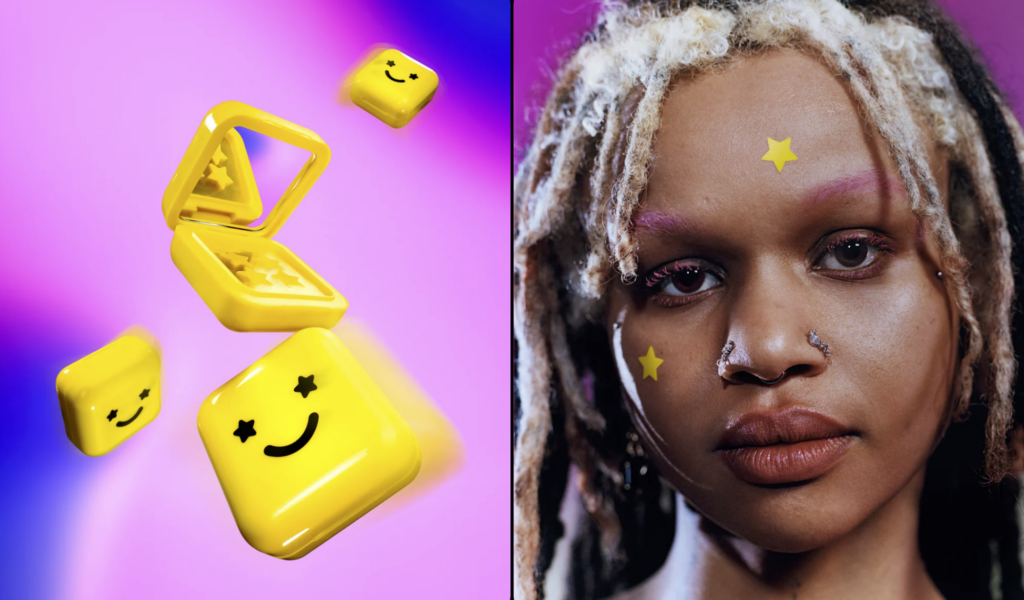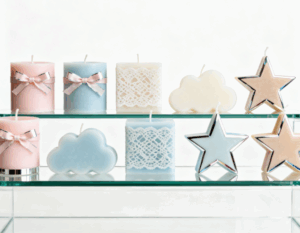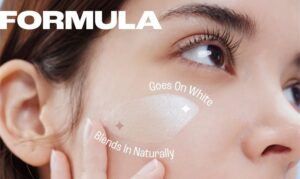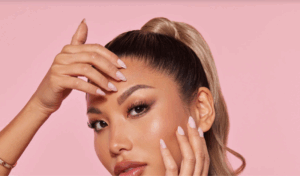Approximately 95% of people worldwide suffer from acne at some stage, driving continuous expansion in the anti-acne care market. According to data from Wheatfield Ventures, the global acne treatment skincare market is projected to exceed 95 billion yuan by 2025 and approach 100 billion yuan by 2030, with a steady annual growth rate of 8%. While acne masks dominate the market, acne patches are the fastest-growing segment—their market share increased by 1.3% in 2023, with sales surging 32.9% year-on-year, reflecting a structural shift in consumer demand.
01
From Function to Fashion: Redefining Acne Care
Traditional acne patches focused on absorbing secretions and isolating impurities, with designs prioritizing invisibility. However, next-generation products now integrate multiple functions like oil absorption, anti-inflammation, and skin repair, while also embracing “aesthetic economics.” U.S. brand Starface leads this transformation. Founders Julie Schott and Brian Bordainick recognized that acne not only affects skin but also triggers psychological stigma. In 2019, they launched Hydro Stars, featuring bright yellow star-shaped patches that the market, turning acne patches into “statements of confidence.”
Hydro Stars use hydrocolloid material, combining medical functionality with trendy aesthetics. Each box contains 32 patches and a portable mirror, priced at
14.99
(
o
r
14.99(or12.74/month via subscription). Beyond the classic yellow version, the brand introduced blue, purple, black, and other colors, collaborating with IPs like Glossier and Hello Kitty to strengthen its youth appeal. Crucially, Starface secured FDA certification as a medical device, ensuring professional-grade anti-inflammatory efficacy and establishing a dual barrier of “style + science.”
02
Celebrity Endorsements & Social Media: Fueling Global Virality
Starface’s explosive growth stems from celebrity influence and social media buzz. A-listers like Justin Bieber, Bella Hadid, and BLACKPINK’s Rosé frequently wore the star-shaped patches, transforming them into fashion accessories. TikTok videos tagged #Starface surpassed 60 million views, with user-generated content amplifying visibility. The brand also created a “Big Yellow” cartoon mascot, using humor to resonate with Gen Z.
The strategy paid off: Hydro Stars have sold over 1 billion units, with 2024 revenue projected at $90 million (≈650 million yuan). This success underscores the potential of niche categories—even seemingly mundane acne patches can unlock billion-dollar markets by addressing emotional needs through innovative design.
03
Insights: Breaking Barriers in Niche Markets
Starface’s case reveals two rules for cross-border success: First, product innovation must balance functionality with emotional value, turning pain points into personalized expression. Second, viral hits in the social media era require “visual symbols + social currency.” By rebranding acne patches from discreet tools to bold fashion statements, the brand expanded its commercial horizons.
As the founders stated: “We aim to destigmatize acne and make skincare joyful.” In the competitive beauty industry, only category norms can brands carve out new growth in saturated markets.








